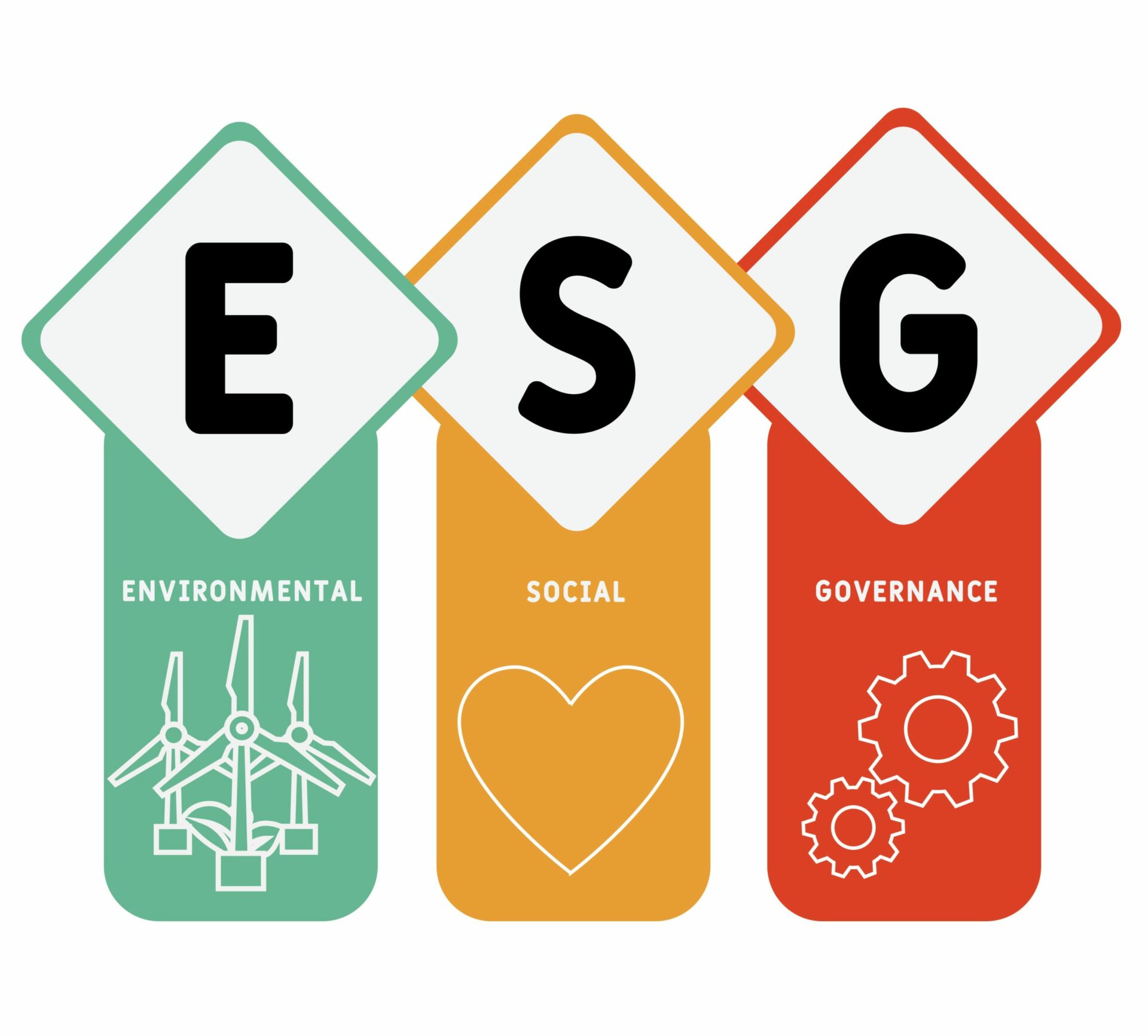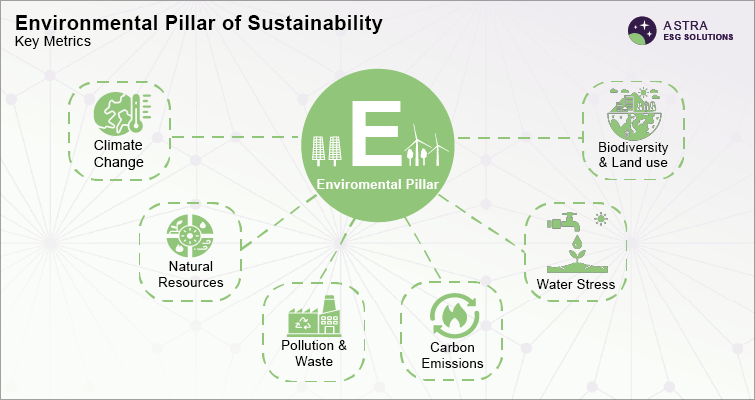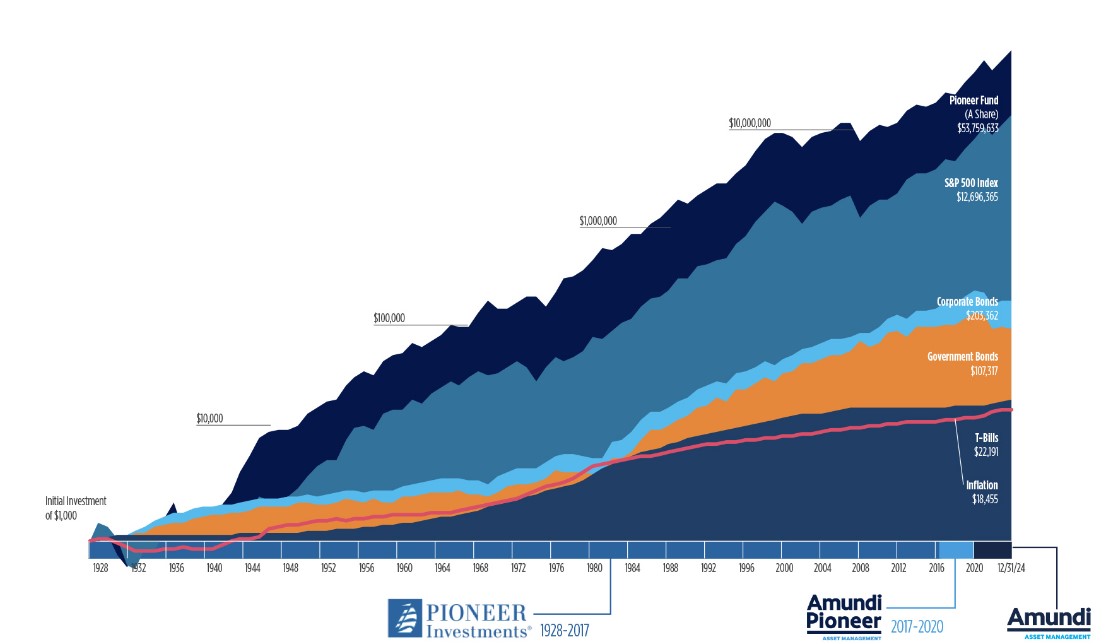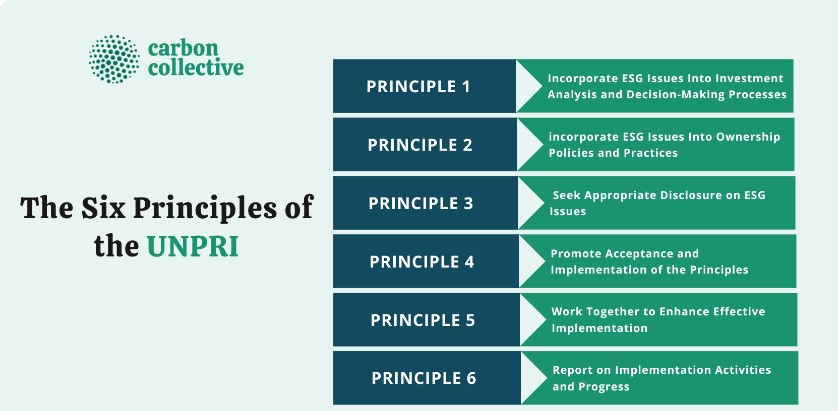
Despite all the economical potential of several business projects, it can provide a certain negative influence throughout the natural world. Let’s discuss the existing problems which are created by such projects and review the ESG investing which intends to exclude the negative influence on the existing world.
ESG investing definition
ESG investing involves the environment, social and governance aspects as an addition to the common traditional financial influence. It is a more accomplished and structured way to invest the capital as an impactful action that includes the influence on the existing natural world events, society and any possible profiting.

It is also a widespread concept of the interchangeability of ESG investing with existing ways to approach the market. There are several compatible concepts of investing:
- Ethical.
- Socially responsible.
- Green.
- Sustainable.
- Impact.
The main uniting principle gathers around the importance of the wide variations of the long-term objectives of society. It is preferred as a more necessary factor rather than just a common capital gain.
Despite the possible simplicity of the term, it is a much more complicated approach with the involvement of the existing ambition direction within the world. In other words, it is a complex way to calculate the possibilities of gaining a profit.
Deciphering the ESG abbreviation
ESG is an abbreviation which contains three factors: environmental, social and governance. Each of them works like a protecting layer of the existing natural world and as a supportive column to the potential social progress and the overall enhancement of the global governance principles.

Every single part of the ESG investing stands for a non-financial productivity of a company or any existing investment plan measurement. Let’s review them individually:
- Environmental. This specific aspect stands for the natural environment influence of the observed company. It gathers the knowledge about any pollution that the company can produce: carbon emissions, toxic chemicals and metals and e.t.c. It also involves the data of the impact on the biological status of life forms on Earth. However, the environmental aspect evaluates any attempts to reduce all the possible influences on biodiversity. It inspects methods such as energy efficiency, sustainable farming and green buildings. All-together, it forms an overall opinion on the company’s impact.

- Social. It is the aspect which observes the impact on the involved people. It can be an employer, a customer or the society itself from a bigger perspective. The observation is gathered around several influencing factors such as: health and safety for the workers – it includes the labour conditions, the overall welfare standards of the whole employer’s list which involved in the company activity, the safety of created products or the privacy and security of data for the consumers and users of the observed company’s provided services. Potential investors hope to see the fight with inequality and discrimination. It means that the company is directly interested in the free access to their services or products which justify the necessity of any potential money distributions to the company or project within a social aspect of the ESG investing.

- Governance. This specific factor directly depends on the company’s ability to take management of the project at the existing level of the responsibility. There are several main requirements to provide a good-enough level of governance: tax transparency, the company’s way to prevent corruption. It also involves the common list of corporate governance’s difficulties: conflicts of interest, board independence, the transparency and quality of financial reports and the equal threat of the minority project’s participants compared to the common shareholders which means the necessary control of the whole participant’s list.
Historical background
ESG principles began to form all the way back in the 18th century. Most qualified and specialised economists spread the warning about all the existing and possible consequences of the environmental damage. It involves the list of social ills which are directly connected to the environmental influence of the companies. It can be triggered by specific products or business practices which directly impact on the environment, social and governance aspects. The following specialists provided their observations: John Wesley, the theologian – The Use of Money, Adam Smith, the economist – The Wealth of Nations.
Take a look at the graph of the project’s growth over time:

Furthermore, the 20th century had several general public discussions about the influence of economic growth which wasn’t analysed at the time. It includes the environmental damage that drastically increased in the 1960’s-1980’s.
One of the popular reports which gathered a lot of attention is The Limits to Growth which was provided by the interdisciplinary Club of Rome network in 1972. The report itself was a huge step in the direction of future changes of the approach to economic activities which directly impacts on the natural world.
The 1990s are the years when the general idea of accounting all the social and environmental costs evolved in a widespread project. It was provided by the Domini 400 Social index, TBL and 3BL – stock indexes. These projects all involved a general accountancy of the economical activities, social and environmental impact of the company all-together.
ESG as an innovative approach
The ESG abbreviation was finally formed in 2004. The first one to use such a term was the UN Environmental Programme Finance Initiative within a “Who Cares Wins” report. Same organisation continued to enhance the new system by providing the “Principles for Responsible Investment” framework in 2006. This specific project involves ESG issues in investment activities. Here are the list of the main principles of this framework:

It started with 63 participants which overseed $6.5 trillion in assets. The current number of participants surpasses the starting one multiply: more than $100 trillion in assets are part of the program. Furthermore, 2015 became the next substantial step for ESG investing and here’s why: the 193 countries of the UN General Assembly joined the UN Sustainable Development Goals initiative. All of them were united by 17 interlinked goals which directly involved a path to the overall improvement of the world’s condition.
The potential of this specific project is quite huge: if the goal is achieved – $12 trillion will be possible as economic opportunities will be created.
Sustainable transformation definition
The sustainable transformation means the general transition of the business model from the “irresponsible” to the “responsible” one. In general words, the investment project should include its environment and society influence in addition to the common economic impact. The responsible project must be aware of its CO2 emissions – it’s crucial to reduce this specific factor to improve the overall quality of the existing natural world. Furthermore, the investment project must be much more flexible to multiple social layers. In other words, companies must support equality within the participant’s list.

The consequence of such transitions can be called indeed positive, because of the general business model improvement which includes a more complex, but adjusted to all existing factors.
Existing ESG strategies
Nowadays, there are several ESG strategies which are useful enough. The common principles of the economic model in addition to the innovative approach of ESG working as a working investing model. Here’s a list of such strategies:
- ESG integration.
- Positive screening.
- Negative screening.
- Thematic screening.
- Impact investing.
Let’s take a look at each one individually and expose the differences between the approaches.
ESG integration
This specific investing model requires a symbiosis between the traditional financial analysis and the ESG aspects. It consists of both financial observation’s data and all the environmental, social and governance aspects analysis.
Positive screening
It is a strategy which is based on the project’s business model: investors investigate market sectors which the project is involved with and search for the most adjustable to all environmental, social and governance aspects.
Negative screening
Conversely, the opposite side of positive screening. Investors search for the companies which don’t follow certain ESG principles and exclude them from the list of potential investments. As an instance, it can be a company, which participates in the tobacco or alcohol sector of the market, fossil fuels and e.t.c.

Thematic ESG investing
Another strategy which is based on the certain ESG criterias, but in this case – themes or trends. As an instance, the project can be involved in the activities which are directly connected to climate changes, health and safe labour conditions or gender equality.
Impact investing
The last, but not least strategy – impact investing. It is gathered around existing projects which can be as profitable as positive for ESG factors: it can follow each one individually or all of them simultaneously.











